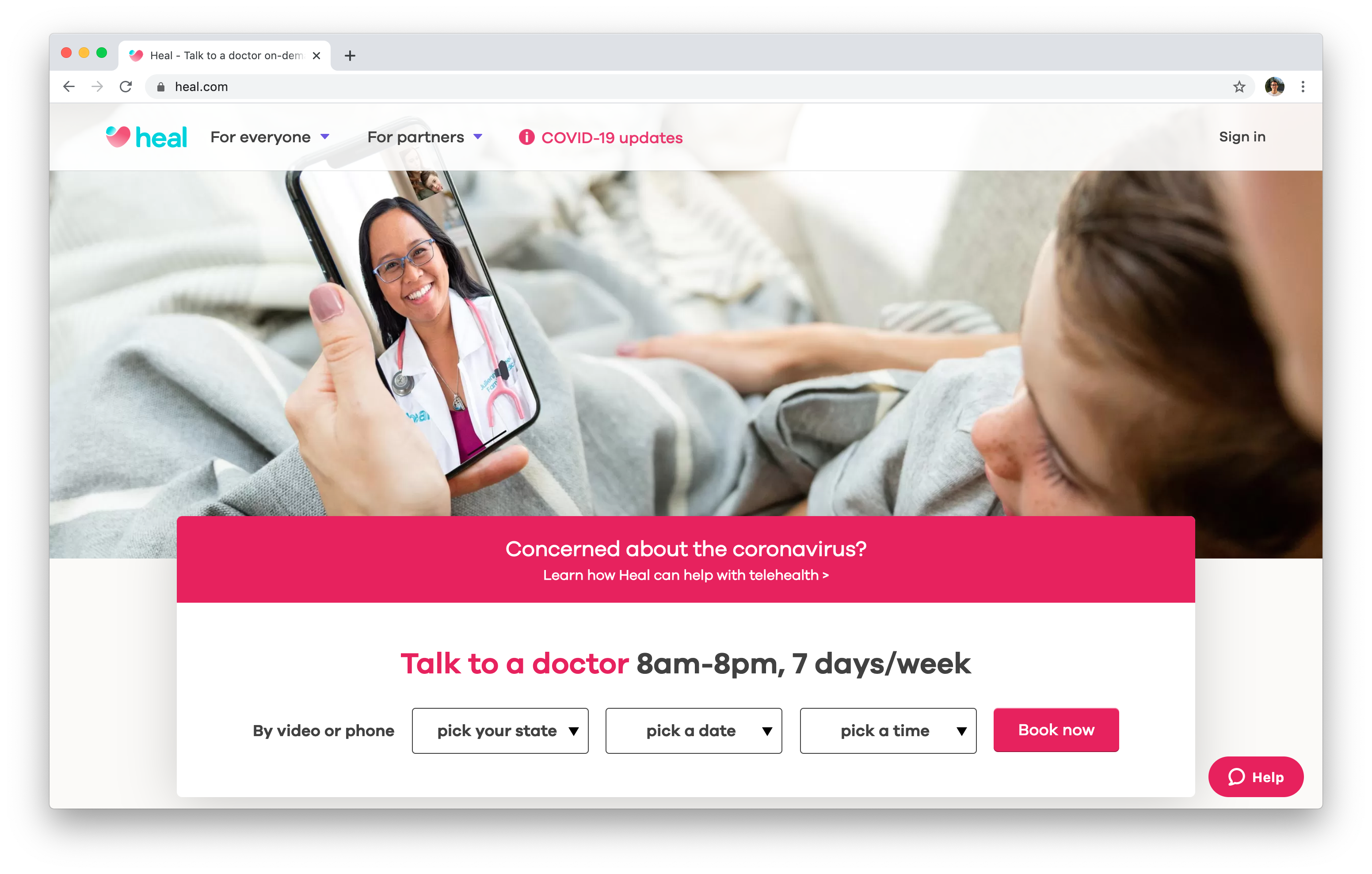A Comprehensive Overview to Subscription Based Healthcare: What You Required to Know
Understanding the Cost-Effectiveness of Subscription-Based Health Care Models
As the medical care landscape evolves, subscription-based models arise as an engaging choice, assuring to redefine just how people take care of clinical costs. Examining these designs' cost-effectiveness requires a nuanced comparison with conventional insurance, considering both financial effects and person contentment.
Review of Subscription-Based Designs
Subscription-based health care designs, sometimes described as straight health care or concierge medication, are progressively acquiring attention as a possible remedy to ineffectiveness within conventional medical care systems. These models operate on the concept of offering people straight access to medical care providers via a regular monthly or annual fee, bypassing the demand for conventional insurance devices. This plan aims to simplify patient-provider interactions by reducing management concerns, which often impede timely and tailored care.
At the core of subscription-based versions is the emphasis on an extra customized person experience. Clients profit from enhanced accessibility to their physicians, commonly including same-day or next-day visits, expanded assessment times, and straight communication channels such as phone or video clip calls. This design cultivates a proactive technique to medical care, where clients and providers can collaboratively concentrate on preventative care and persistent condition management.

Expense Contrast With Typical Insurance Policy

One of the key monetary advantages of subscription versions is transparency in costs. Conversely, typical insurance may be more advantageous for people requiring specialized treatment or costly treatments not covered under a registration design, as they benefit from the more comprehensive protection network and cost-sharing mechanisms.
Nevertheless, cost-effectiveness is context-dependent. While subscription versions could provide financial savings for those mainly requiring health care, individuals with chronic problems or specialized healthcare requirements could find typical insurance a lot more comprehensive. Evaluating certain medical care requirements and potential usage is vital in determining the most affordable choice for people.
Influence On Patient Contentment
Patient complete satisfaction within subscription-based health care designs commonly mirrors a significant improvement over conventional insurance coverage systems. This enhancement is mostly associated to the individualized treatment and access these versions supply. People regularly report greater contentment as a result of lowered delay times and the convenience of organizing consultations. Unlike standard systems, where individuals may experience hold-ups in blog here getting care, subscription-based models ensure more prompt and direct interactions with healthcare providers.
Additionally, the transparency in costs connected with subscription-based health care alleviates the typical irritations related to unexpected fees and complicated invoicing processes seen in typical insurance coverage (subscription based healthcare). Clients value understanding the specific monetary dedication upfront, resulting in increased depend on and confidence in their health care management
Furthermore, the focus on precautionary treatment and wellness in membership models adds to boosted health and wellness end results, even more improving patient fulfillment. By concentrating on continuous health care rather than anecdotal treatment, clients experience a more continual and all natural healthcare trip.
In addition, the enhanced provider-patient connection promoted in these versions, characterized by more time spent per individual and personalized attention, view plays a vital duty in elevating client fulfillment degrees, as people really feel genuinely cared for and comprehended.
Supplier Viewpoints and Experiences
From the service provider's viewpoint, subscription-based health care designs use a transformative technique to supplying clinical solutions. These designs stress a preventative and aggressive medical care approach, permitting carriers to concentrate on thorough person treatment without the restraints of standard fee-for-service plans (subscription based healthcare). This shift in focus commonly causes enhanced individual results and enhanced company complete satisfaction, as healthcare experts can designate more time and resources to patient involvement and customized care strategies
In addition, membership designs facilitate foreseeable profits streams, which improve financial security for health care service providers. This predictability allows for boosted source planning and appropriation, adding to a more reliable health care delivery system. Carriers can purchase staff facilities, training, and technology enhancements, thereby improving the quality of treatment offered.
Nevertheless, the change to subscription-based designs is not without obstacles. Companies have to adapt to brand-new operational frameworks, which can entail significant modifications in payment practices and individual management systems. Furthermore, there is an integral need for robust data monitoring to track client end results and guarantee top quality treatment. Despite these obstacles, several companies locate that the advantages of increased client communication and structured have a peek at this website procedures outweigh the initial difficulties, making subscription-based versions an eye-catching option.
Future Prospects and Challenges

A main challenge is regulatory conformity, as subscription versions need to adhere to evolving medical care policies and insurance policy demands. This necessitates continual adaptation and innovation to make sure positioning with lawful requirements. In addition, incorporating these models right into existing healthcare facilities can be complex, calling for considerable financial investments in innovation and training.
There is additionally the prospective threat of creating injustices in healthcare gain access to, as subscription designs might favor those that can afford them, leaving prone populaces underserved. Addressing this calls for thoughtful consideration of prices strategies and subsidy devices to ensure inclusivity.
Final Thought
Subscription-based healthcare models present a practical option to conventional insurance coverage by using monetary predictability and transparency, especially benefiting individuals with chronic problems or regular healthcare requirements. The cost-effectiveness of these designs is contingent upon individual healthcare usage patterns and circumstances.
Subscription-based healthcare versions, occasionally referred to as straight key treatment or concierge medicine, are increasingly gaining focus as a possible option to ineffectiveness within conventional healthcare systems. Unlike traditional systems, where people may experience delays in receiving treatment, subscription-based designs guarantee more prompt and straight interactions with healthcare companies.
These models stress a positive and preventative medical care method, allowing service providers to concentrate on extensive person treatment without the constraints of typical fee-for-service plans. As these versions continue to gain grip, they offer the possible to transform patient access to care, streamline solution delivery, and enhance healthcare costs.Subscription-based medical care versions present a sensible alternative to typical insurance by supplying financial predictability and openness, particularly benefiting people with chronic conditions or constant healthcare requirements.